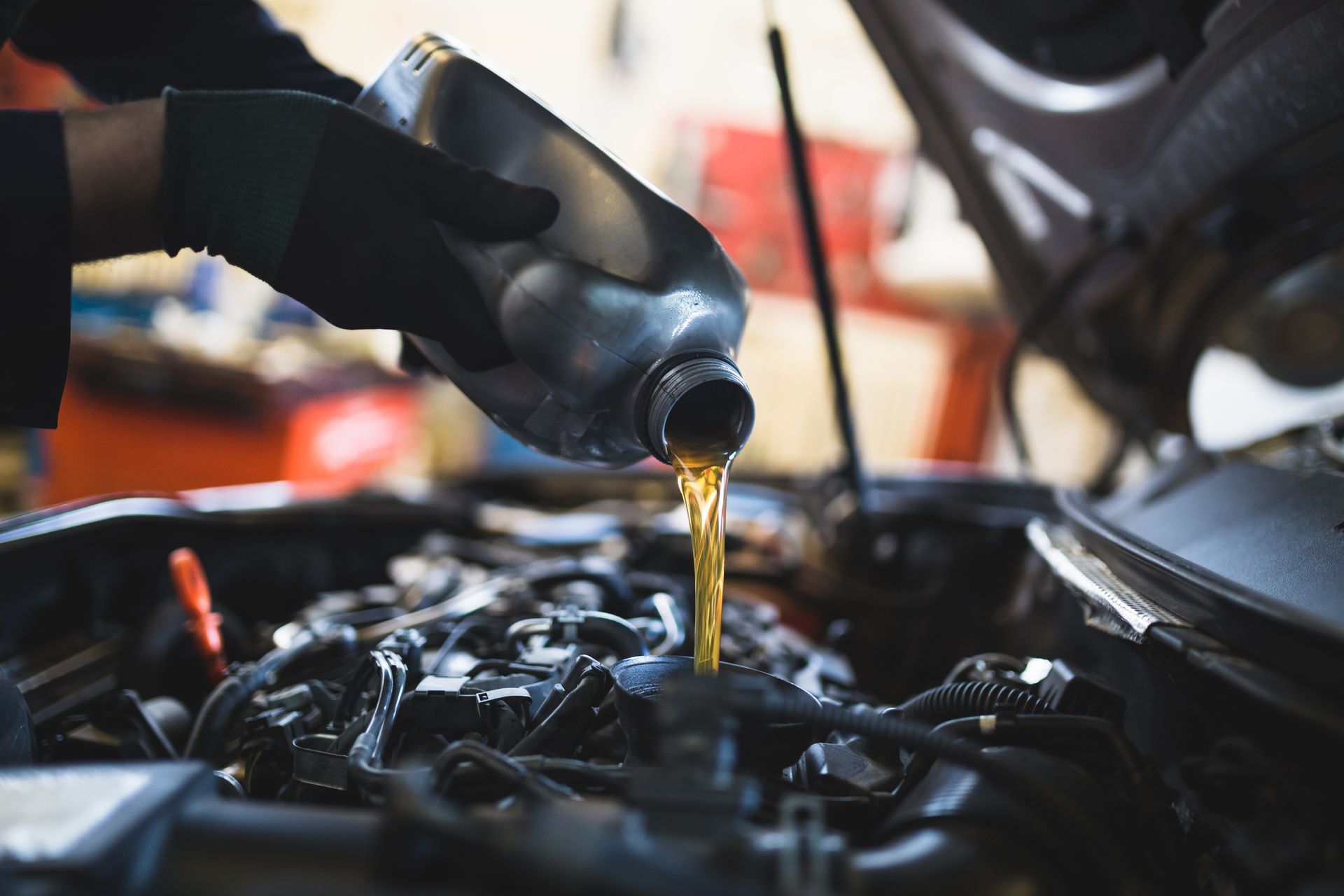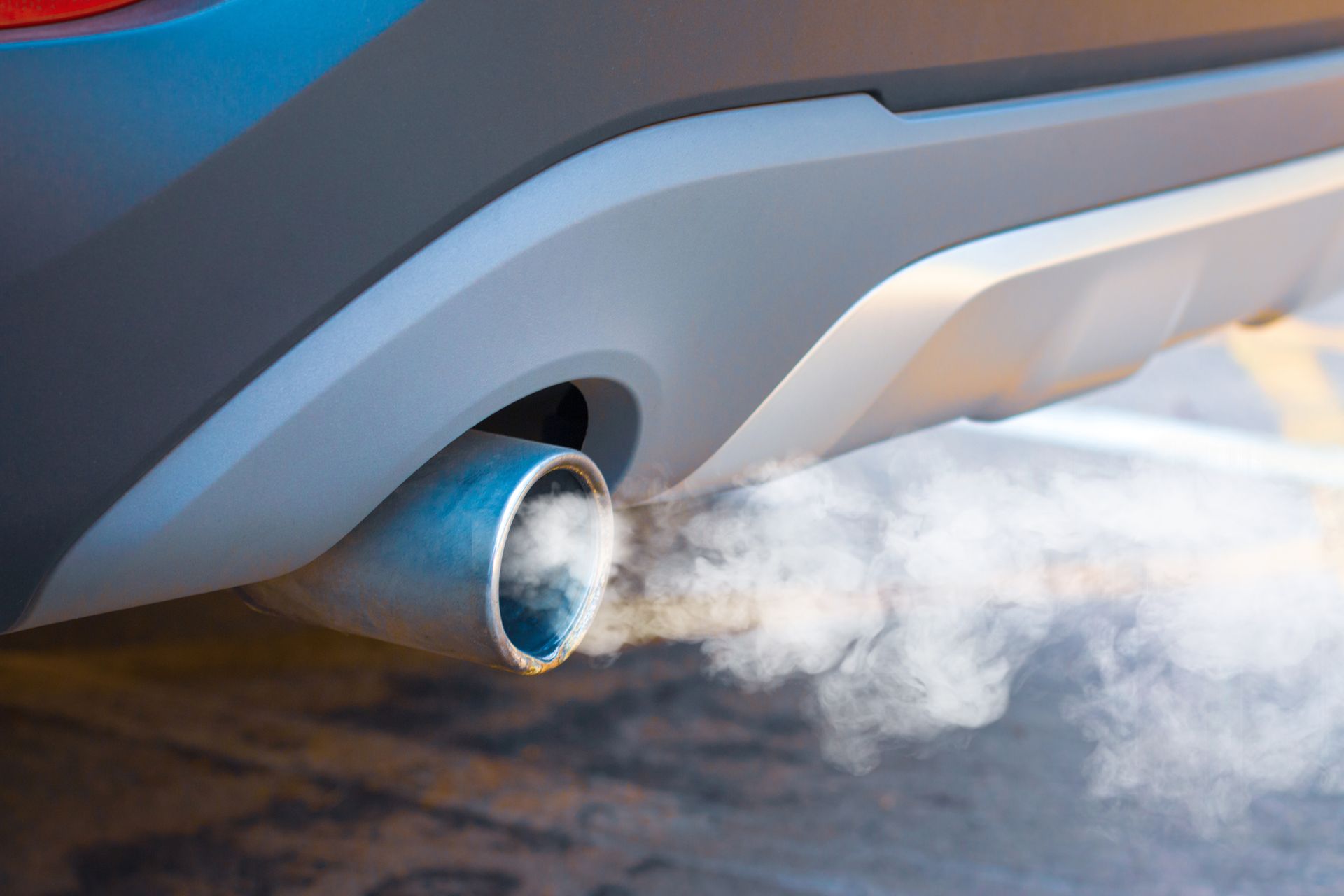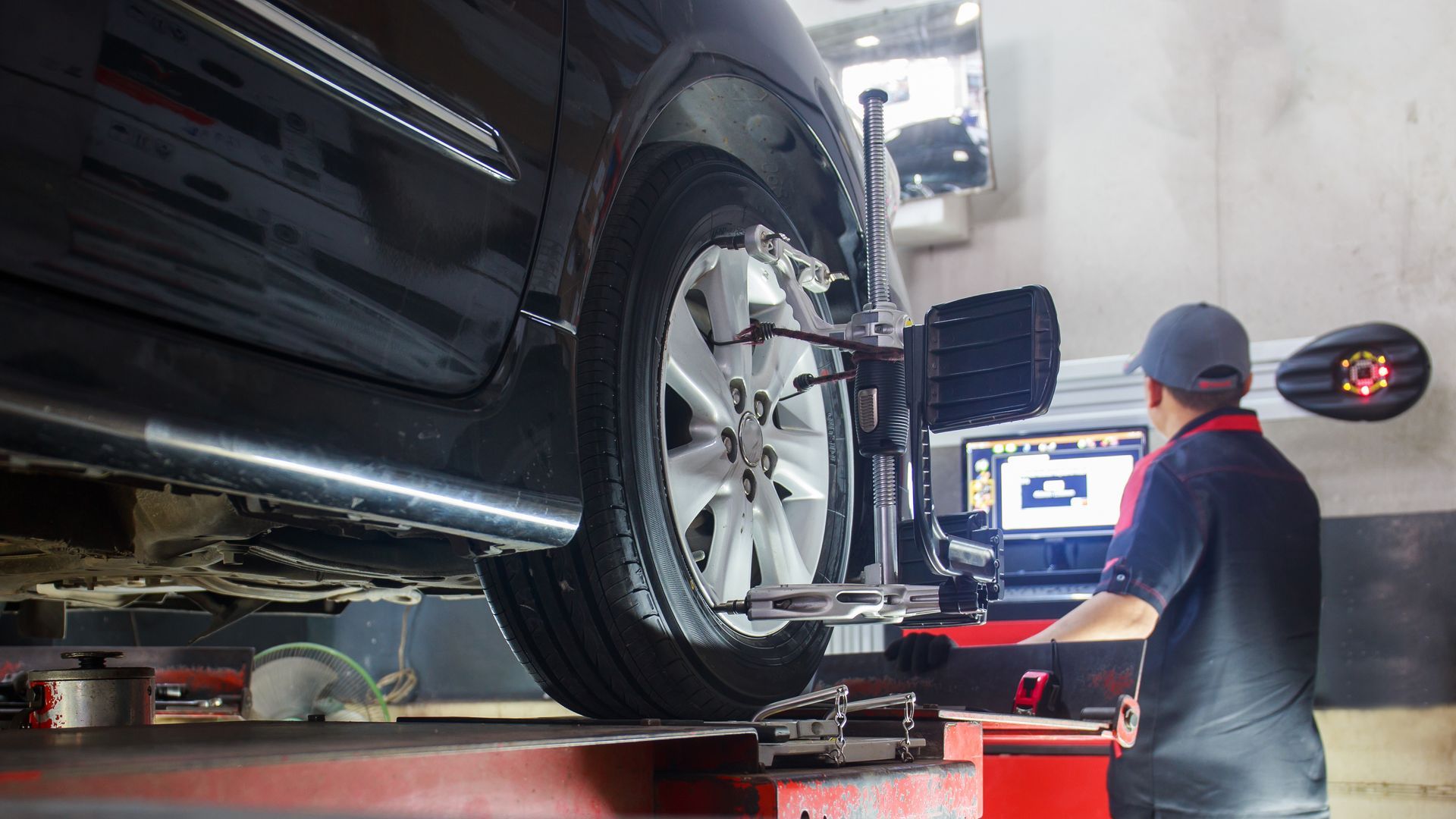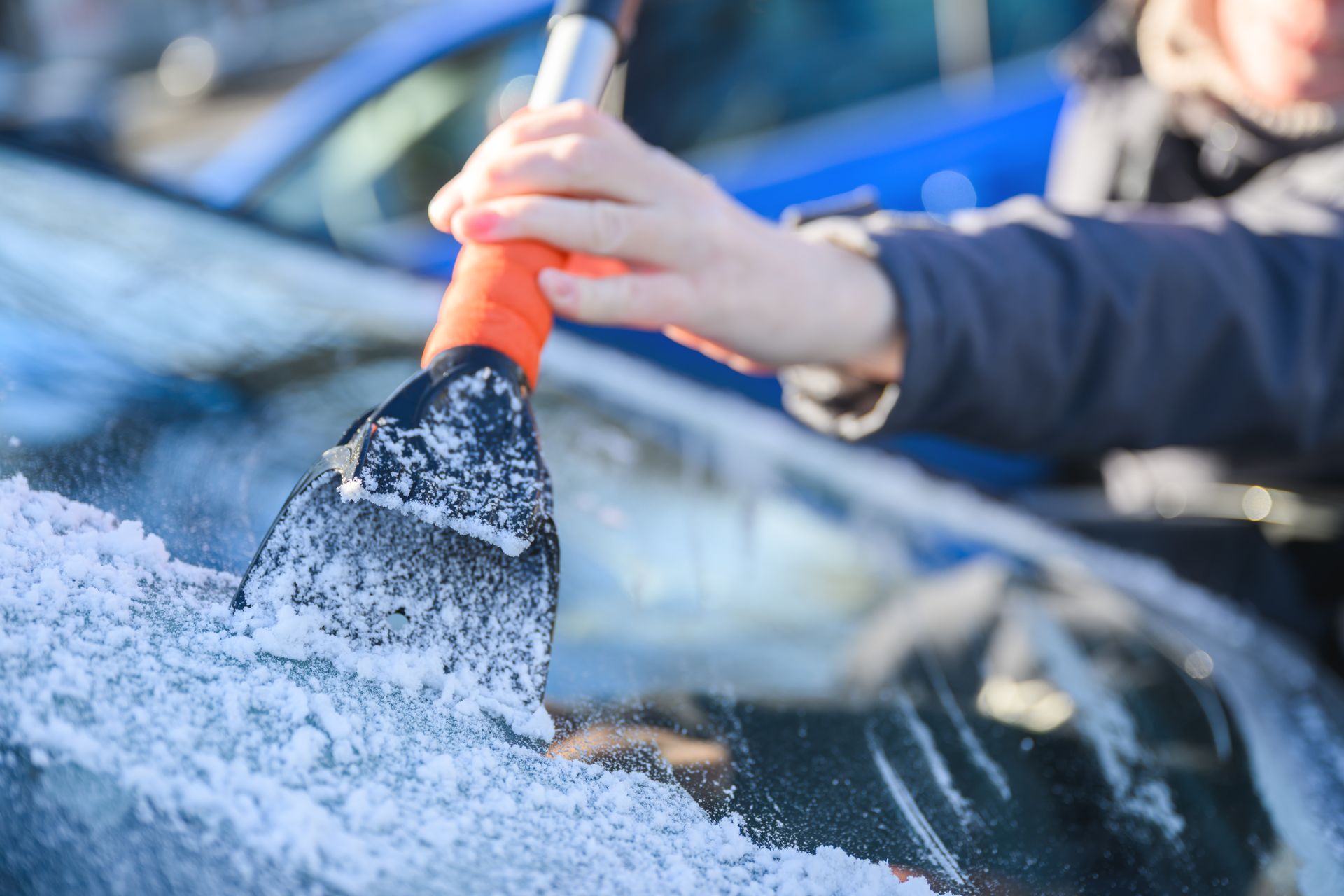You spot a small crack on your windshield—maybe it was from a flying pebble on the highway or a sudden temperature change. It doesn’t look like much now, just a little line or chip. But the question is: will it stay that way, or is it just a matter of time before it spreads across the glass?
Even a tiny crack can become a big problem if ignored. Your windshield isn’t just a sheet of glass—it’s part of your vehicle’s structural safety system. That small blemish could weaken the entire front end’s integrity if it spreads, especially in the event of a collision or rollover. Let’s break down why cracks spread, what signs to watch for, and why early action matters.
The Crack Can Spread
Windshields are made of laminated safety glass, which includes two layers of glass with a plastic inner layer in between. This design helps prevent shattering. However, when the outer glass gets chipped or cracked, it’s still vulnerable to pressure and environmental stress.
Cracks start small but gradually extend due to:
Temperature fluctuations (especially cold mornings followed by warm afternoons)
- Road vibrations from everyday driving
- Moisture seeping into the crack
- Structural flexing when the car moves or hits bumps
Even if a crack seems stable at first, any of these factors can cause it to spread quickly—sometimes overnight.
Temperature Swings Are the Biggest Risk
If you park outside in colder climates or experience wide temperature swings in a day, your windshield expands and contracts. That movement places added stress on already weakened glass. It’s why so many drivers notice a tiny chip becoming a long crack after a cold snap or a hot sunny day.
Using the defroster or blasting the A/C against a hot windshield can also create sudden changes in glass temperature. When heat is applied unevenly, it causes the glass to expand in some areas more than others—and that’s all it takes for a crack to grow.
Moisture and Dirt
Once there’s a crack or chip, moisture can seep in, especially if it rains or you go through a car wash. Water expands when it freezes, and even tiny amounts trapped inside a chip can force the glass apart from within. Over time, dirt and debris also get into the crack, making it harder to repair cleanly and weakening the bond if you eventually decide to fix it.
That’s why covering a crack temporarily with clear tape (if you can’t get it fixed right away) can actually help slow the spread and prevent contamination—at least until you can get to a repair shop.
When a Crack Becomes a Safety Hazard
A small chip might not seem urgent, but anything larger than the size of a quarter—or a crack longer than three inches—can compromise safety. That’s especially true if the crack is near the driver’s line of sight or along the edges of the windshield, where the glass is structurally weakest.
Modern vehicles rely on windshields to support the roof and help airbags deploy correctly. A compromised windshield might not hold up during an accident, increasing the risk of injury.
Also, many states—including New Jersey—have vehicle inspection or traffic safety laws that require cracks to be repaired if they impair the driver’s view. Even if the crack doesn’t bother you now, it could result in a failed inspection or a traffic stop.
Repair or Replace
In many cases, a small crack or chip can be repaired quickly with resin injection, which stops the damage from spreading and restores visibility. But repairs only work if the damage is small, clean, and hasn’t started to branch.
Once the crack grows too long, enters the edge of the glass, or becomes contaminated, full windshield replacement is the safest and most effective option.
Getting a professional opinion on time gives you the best chance of avoiding a full replacement—and the added cost that comes with it.
A2B Euro Car Repair – Windshield Repairs and Replacements in Randolph, NJ
If you’ve spotted a small crack or chip in your windshield, don’t wait for it to become a bigger problem. At
A2B Euro Car Repair in Randolph, NJ, we can inspect the damage and let you know whether a fast, affordable repair will do the trick—or if a replacement is the better option.










